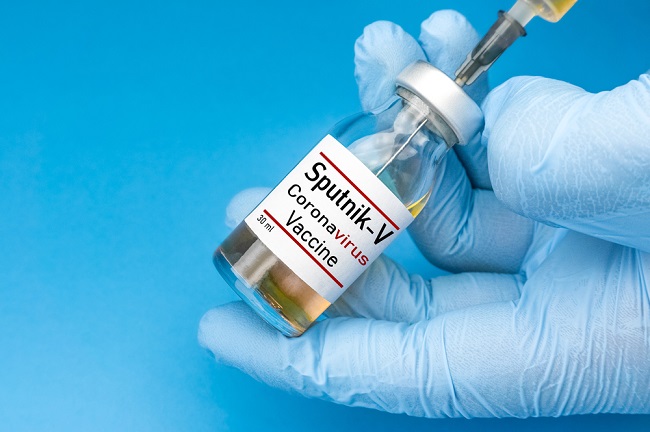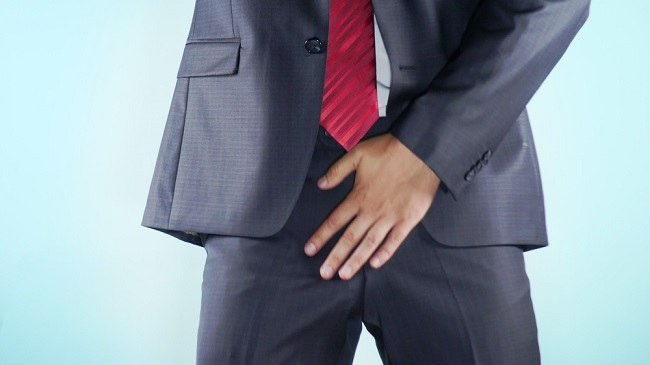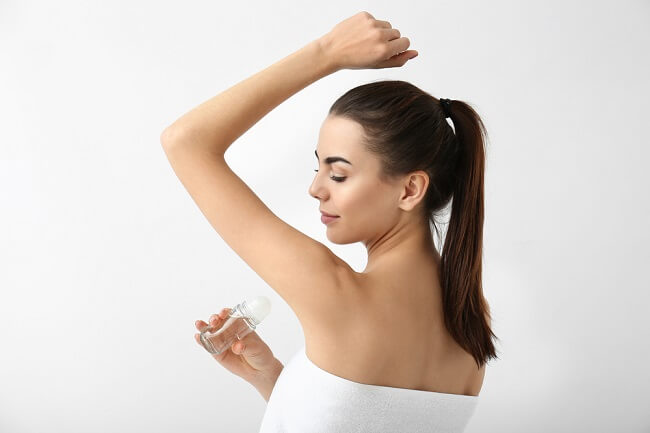Tinea barbae is a fungal infection that appears on areas of the face and neck where hair grows, such as beards and mustaches. This condition can cause itching and loss of beard and mustache hair.
Tinea barbae generally occurs in adult men and is more common in men who have a history of direct contact with livestock or pets. Tinea barbae is usually caused by two types of fungi, namely:
- Trichophyton verrucosum, which comes from farm animals
- Trichophyton metagrophytes var. equinum, which comes from the horse

The appearance of tinea barbae is characterized by the skin becoming itchy and red. In a severe inflammatory reaction, the skin can thicken and swell to form large lumps that ooze pus. The hair of the beard or mustache in the area affected by tinea barbae will also be damaged to the root so that it is easily removed.
How to Treat Tinea Barbae
The appearance of tinea barbae can interfere with your comfort and appearance so it needs to be treated appropriately. Therefore, if the symptoms of tinea barbae appear, you are advised to consult a doctor.
The doctor will ask you about your history and perform an examination to determine the correct diagnosis. If the results of the examination indicate a fungal infection that causes tinea barbae, the doctor will provide treatment in the form of:
Administration of antifungal ointment
Doctors can prescribe antifungal ointments, such as terbinafine. In order for the ointment to work properly, it is recommended that you shave the hair on the infected area. In addition, you also need to clean the area of pus and crust first.
The trick, use a thin towel or washcloth that has been moistened with warm water to compress the infected area for about 20 minutes. Don't rub the pus and crusts off, but simply compress the area until the pus and crust sticks to the towel. After that, dry with a tissue or towel before applying the medicine.
Administration of antifungal drugs
In addition to topical medication, you also need oral medication. Your doctor may give you griseofulvin tablets or tablets terbinafine for a few weeks. In severe cases, your doctor may also prescribe corticosteroids to relieve the inflammatory reaction.
Treatment for Skin Affected by Tinea Barbae
In addition to being treated, you also need to treat and maintain the cleanliness of your facial skin, especially the infected part. Here are some ways to treat skin affected by tinea barbae:
1. Maintain the cleanliness of the skin around the beard
When infected with tinea barbae, the beard or mustache will be dirtier, ranging from dandruff to pus. Wash your beard and mustache at least twice a week using a shampoo, especially one that contains selenium sulfide to prevent fungal growth.
2. Keep the mustache and beard area dry
Immediately dry your beard and mustache after every shower or after exposure to water. As much as possible use a tissue so that it can be thrown away immediately. If you are using a towel, separate the towels used for the infected area from the towels used for other parts of the body.
3. Changing a new comb
Replace your comb with a new one, especially when you have started treatment. Avoid using the comb together with other people, so that the fungus does not spread to other people.
4. Keeping clothes, towels and bed linen clean
Change your clothes every day. Wash towels and bed linen at least once every 2 weeks. If necessary, wash with warm water. Also pay attention to the cleanliness of the place where you hang clothes. Avoid drying clothes in a place that can be reached by livestock.
Men who have beards or mustaches are at risk for tinea barbae, especially those who also have pets and do not maintain personal hygiene. Although harmless, tinea barbae can be very uncomfortable and can reduce self-confidence.
Therefore, take care of your beard and mustache by always keeping it clean. Wash your beard with shampoo at least twice a week even if it doesn't feel dirty.
Wash your hands after touching farm animals or pets, and keep your beard and mustache from coming into direct contact with the animal, for example by not kissing your pet. If necessary, have your pet checked by a veterinarian to make sure his skin is not infected with fungus.
If you experience itching and redness in the beard and mustache area, especially if there is pus, immediately consult a doctor to get the right treatment.









